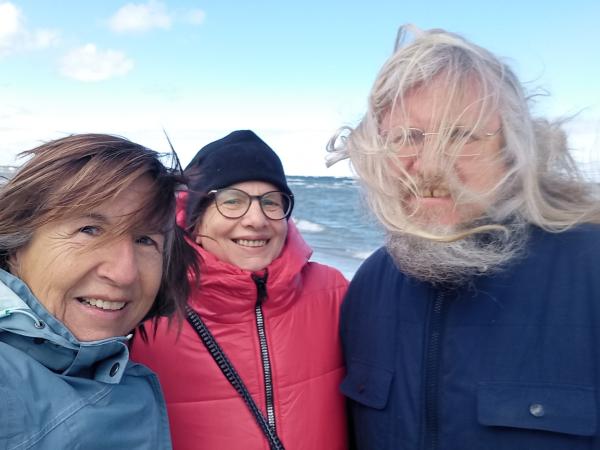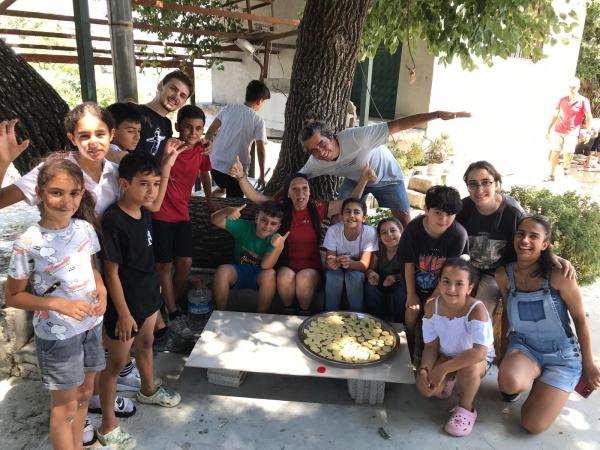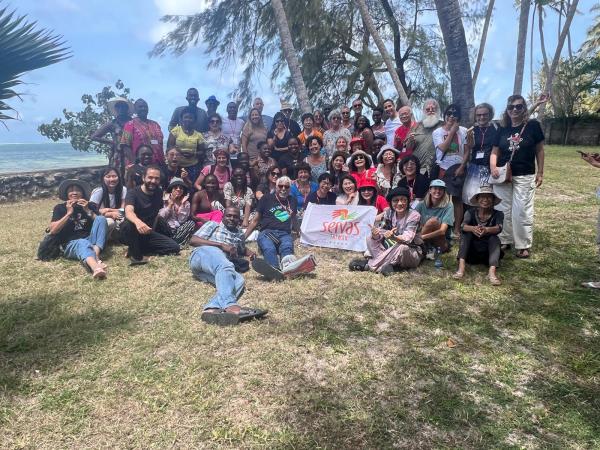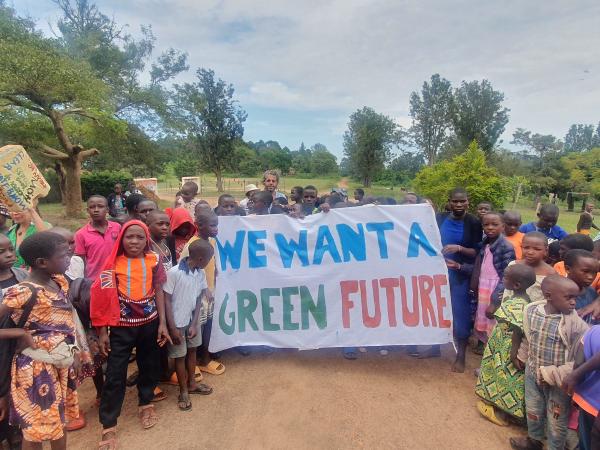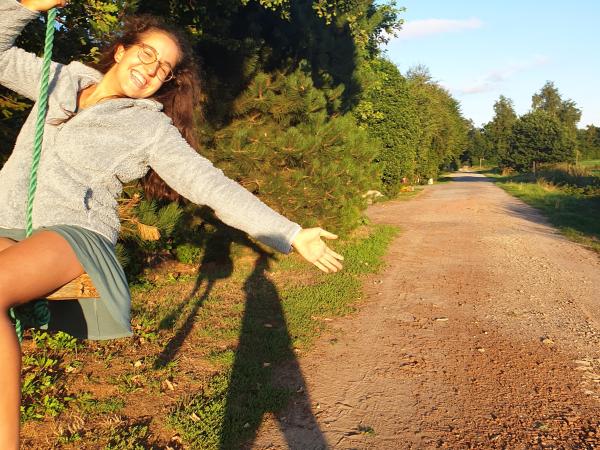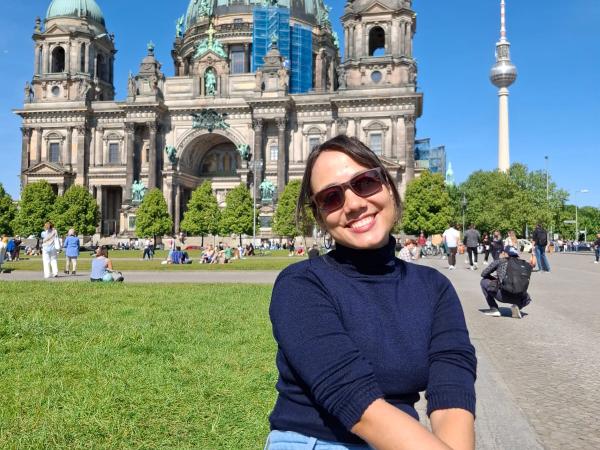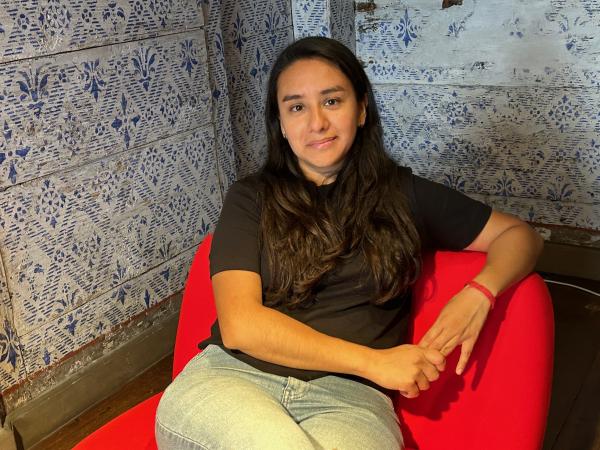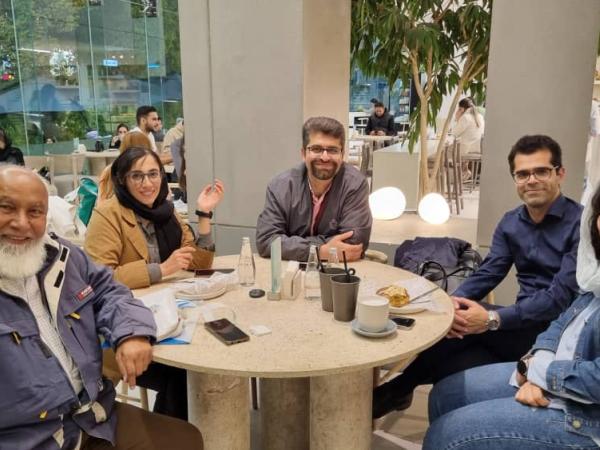30 years later in Estonia
Not long after the collapse of the Iron Curtain we hosted many, youthful Servas visitors from Eastern Europe. In 1995, two young students from Estonia spent two days with us. Thirty years later we decided to visit Estonia. We were disappointed to find that there was no longer any Servas representation there or at least none that we could find on the Servas website. Fortunately, we keep a visitors’ book with messages from all our Servas visitors. Looking back through the book we found the entry from our two young Servas visitors, Urmas Reinsalu and Ken-Marti Vaher. They had invited us to visit Estonia and left their home addresses. But this was before the days of mobile phones or email. We thought about writing to them by snail mail, but it seemed unlikely that they were still at the same address 30 years later. Being 2025, we decided to Google their names. It seemed like a long shot but worth trying.
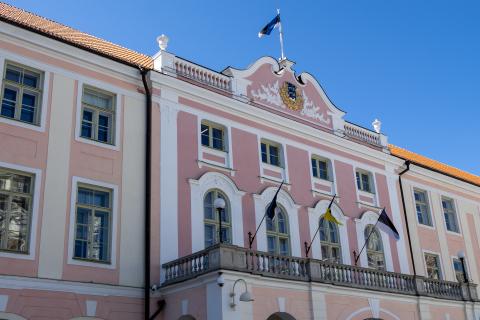
Well, we found them! On the Estonian parliament or Riigikogu website. Both had led successful political careers in the Isamaa party. Both had been government ministers. Urmas is a former government minister and currently the leader of the opposition while Ken-Marti has recently retired from the European Court of Auditors. We decided to contact them but thought that they might be too busy. However, we got a prompt reply from Urmas saying that he had fond memories of his visit to Dublin and would be delighted to meet us and show us around the Estonian parliament.
On our first day in Tallinn, we explored the old walled city which dates from the Middle Ages. It was an important trading centre for the Hanseatic League and today is Estonia’s capital and largest city. Ken-Marti showed us around the city and invited us to a lovely restaurant for dinner. He talked about the benefits that Servas had given to two young Eastern European travellers eager to explore the western world in the time after the fall of the Berlin Wall and the collapse of the USSR. We talked about how both Ireland and Estonia had developed in the thirty years since we last met.
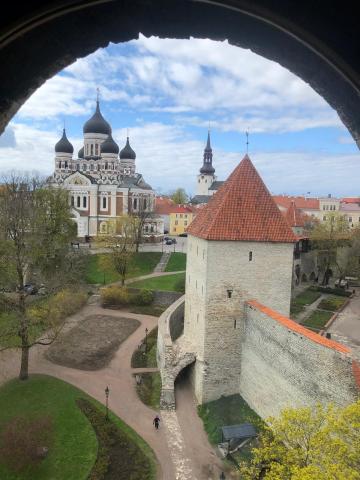
We climbed the hill to the parliament or Riigikogu, where Urmas took us on a tour. Parliament was in session at the time. Somewhat embarrassingly, this was my first ever visit to a parliament in session. We had a long chat in Urmas’ office. He could remember lots about our family and our home, the most surprising being his first taste of lasagne. We discussed Estonian, Irish and world politics. Both Ireland and Estonia are small countries with a history of occupation. Due to the accident of its geography, Ireland is an island with one large, powerful neighbour while Estonia is on the continent surrounded by many powerful neighbours.
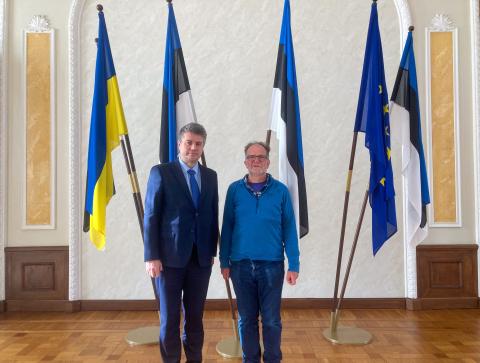
At various times Estonia has been ruled by Denmark, Sweden, Germany and Russia. It had a short period of independence between the two world wars. In World War 2, Estonia fought against the Soviet Union, then against Germany and finally against the Soviet Union again. Today, most Estonians are very wary of the large Russian army on their eastern border and strong supporters of Ukraine. They are glad to be members of NATO.
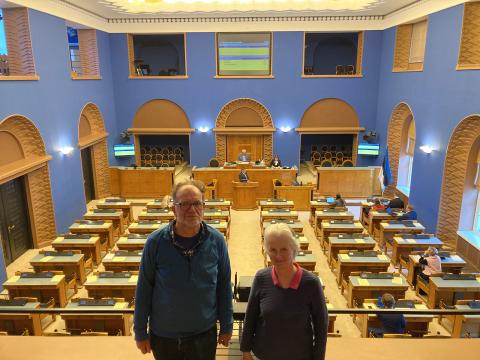
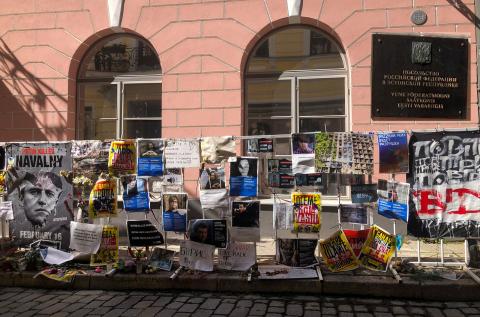
About 25% of Estonia’ s population are ethnic Russians. Many of them speak Russian as their first language and are members of the Russian Orthodox Church. Most of their ancestors moved there under Soviet rule. In the past occupying countries ruled through their own language and Estonian became a language of the countryside. Today, Estonian, which is closely related to Finnish, is the official language of Estonia and the first language of most of the population. Historically, Estonians have been Lutheran but today most are non-religious. Despite the war in Ukraine, the two groups seem to be getting along together. We asked Urmas about visiting Narva, a historic town on the Russian border, where most of the residents are ethnic Russians. He advised us that it was perfectly safe to do so.
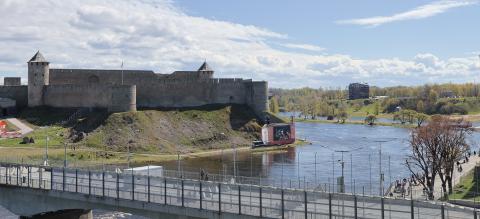
By chance, we arrived in Narva on Victory in Europe (VE) Day. The town of Narva is separated from Ivangorod in Russia by the river Narva. There are large forts on both sides. The bridge across the river is a border crossing, open only to pedestrians. On the Russian side of the river there was a large stage with music, speeches and giant screens showing war movies and parades; matched by a large banner of ‘Putler’, Putin with a Hitler moustache, on the Estonian side. Estonia does not celebrate the end of World War 2 as it was immediately followed by the Soviet occupation which only ended in 1991. We peacefully watched the celebrations across the river along with many local people.
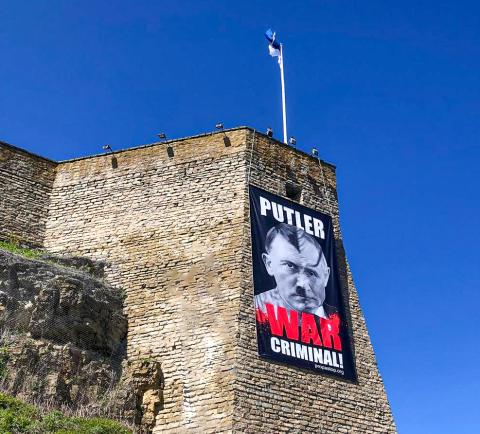
One of the advances in the last thirty years is that technology has made it much easier to locate and contact people from our past. We were delighted that Urmas and Ken-Marti had such a positive experience with Servas that they took time out from their busy lives to meet us. Most Sevas visits are interesting, but this was our first Servas visit with a potential prime minister! Our chats with Urmas and Ken-Marti helped us to understand their perspective on European and world affairs and how peace can mean different things on the eastern and western fringes of Europe. Their concerns about Estonia’s relationship with Russia helped us to interpret both the posters outside the Russian embassy in Tallinn and VE day across the border from Narva. I like to think they learnt a few things about Britain and Ireland too. I should now make a point of visiting the Irish parliament. While we still had time for sightseeing and watching wildlife, what we learnt from talking to Urmas and Ken-Marti added greatly to the richness of our visit to Estonia.
By: Niall Watts, Servas Ireland
Join & support
Articles you might be interested in
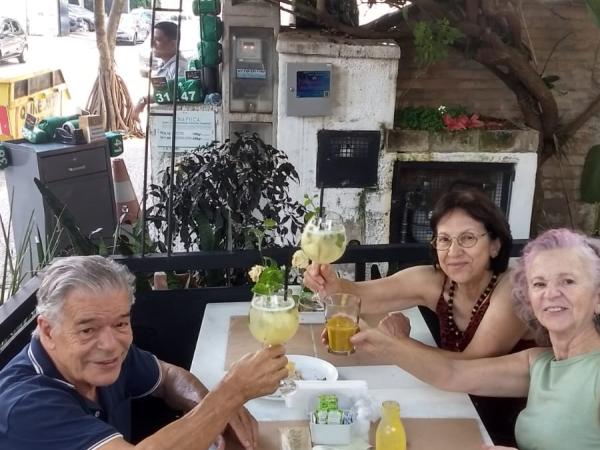
SERVAS: a path to altruism and cooperation
2024-07-13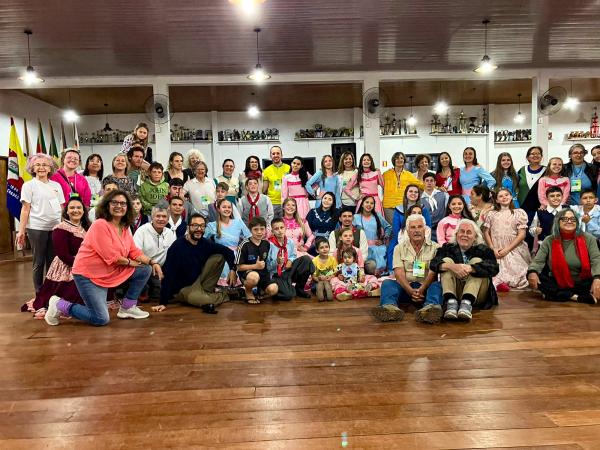
LATAM 2024: In Tune with the Environment
2024-12-22Diary of a Servas
2025-04-04
A Story of Gratitude: My Korean Family
2025-05-21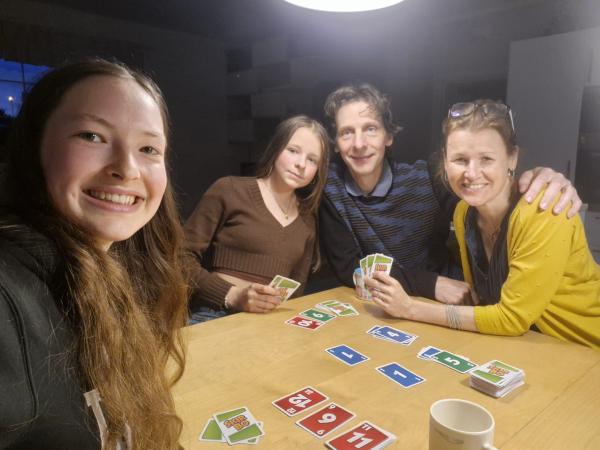
The fabulous trip of Amélie K.
2025-06-05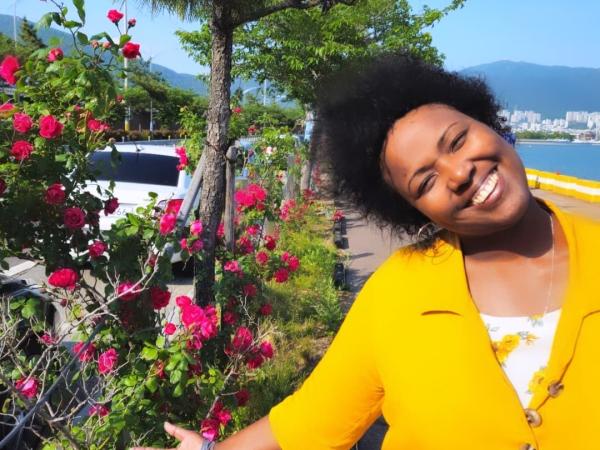
Servas Korea was my home away from home
2025-07-02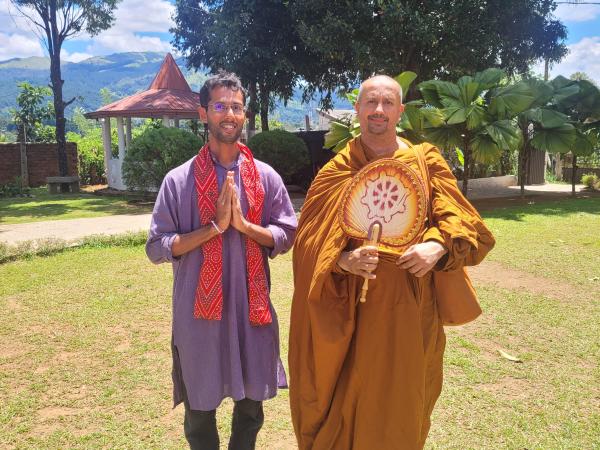
Servas mini gathering in Kandy, Sri Lanka
2025-11-04